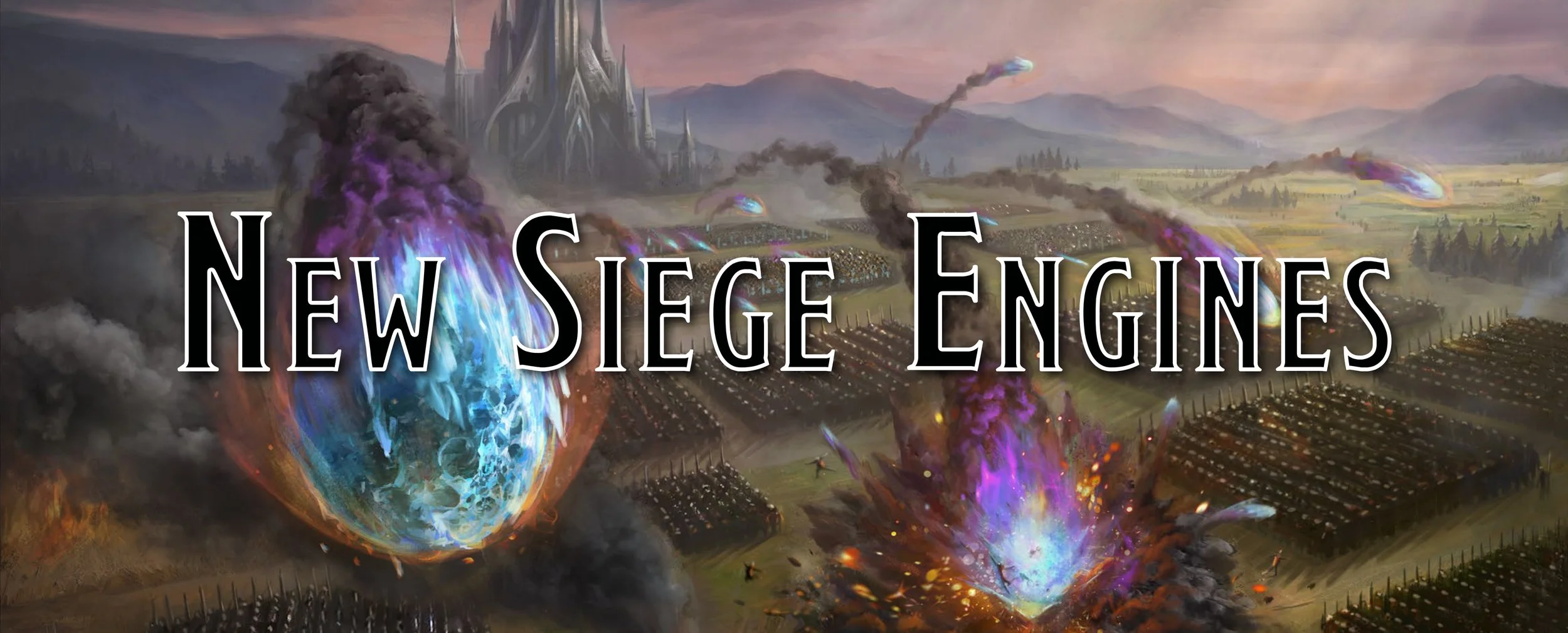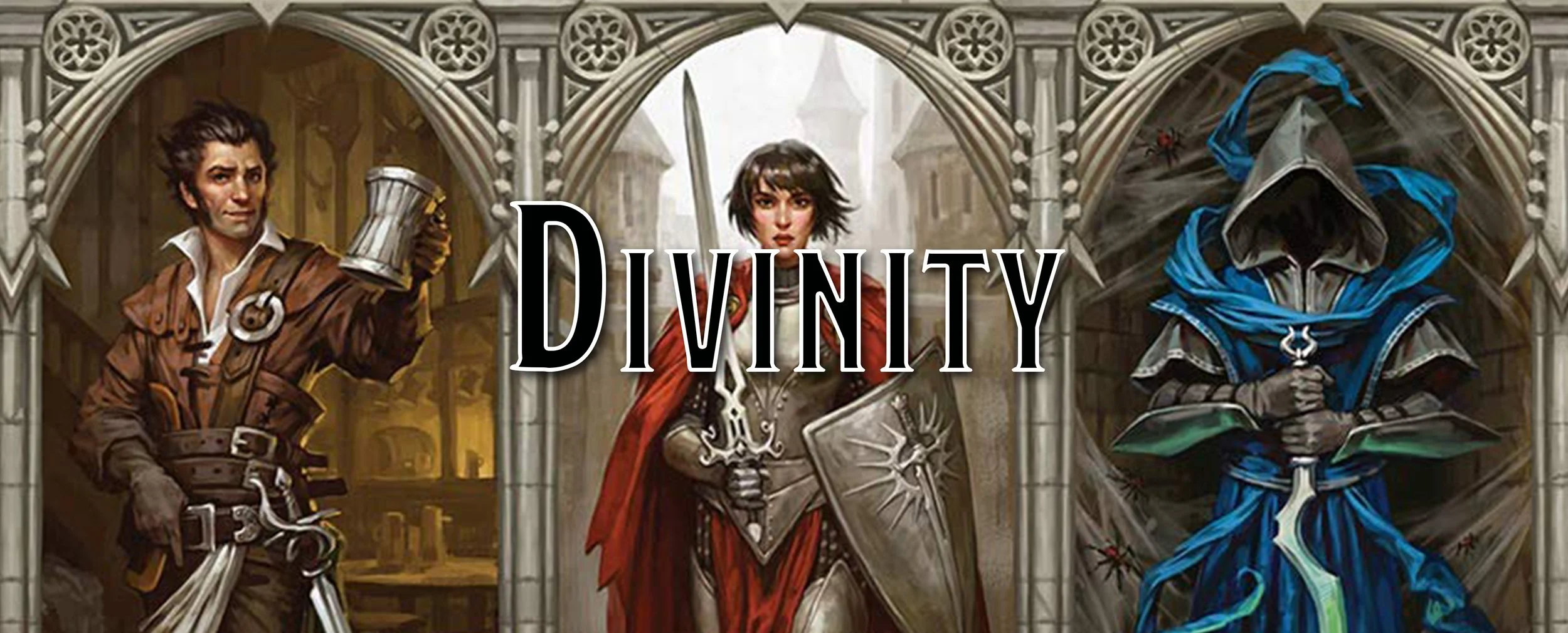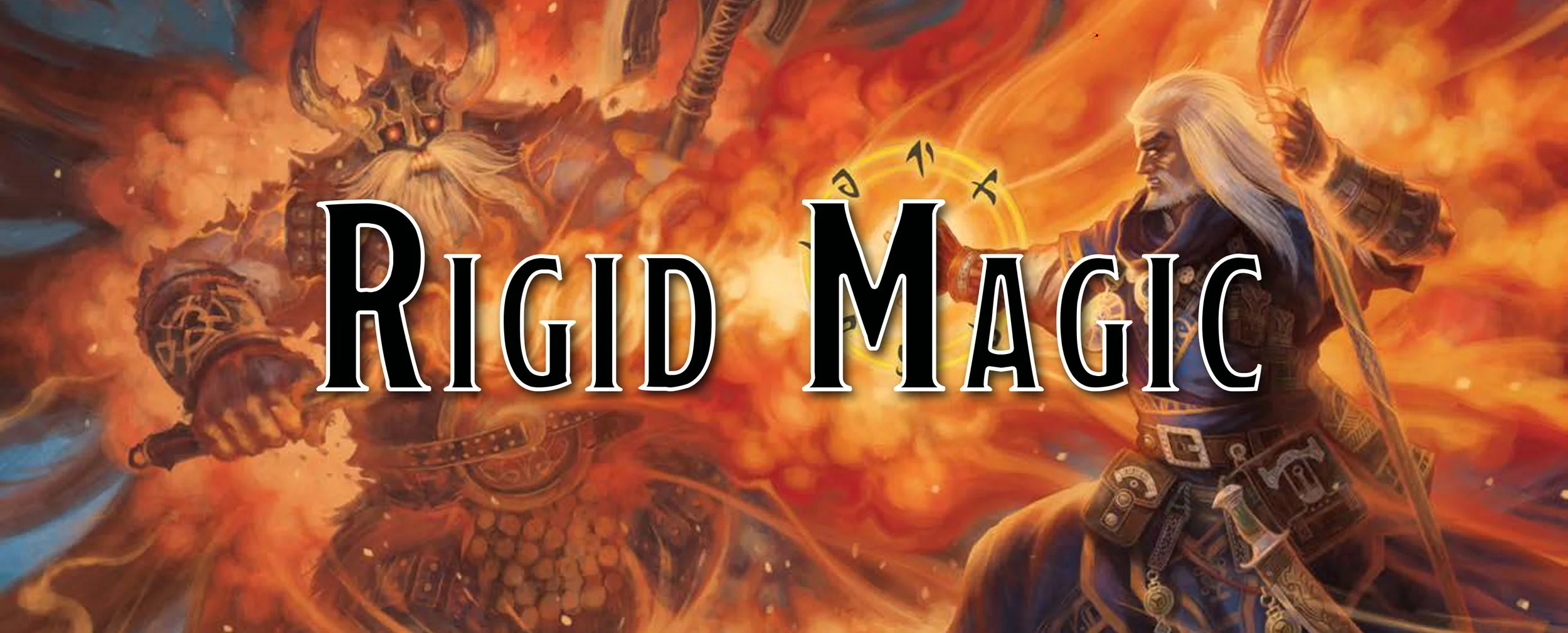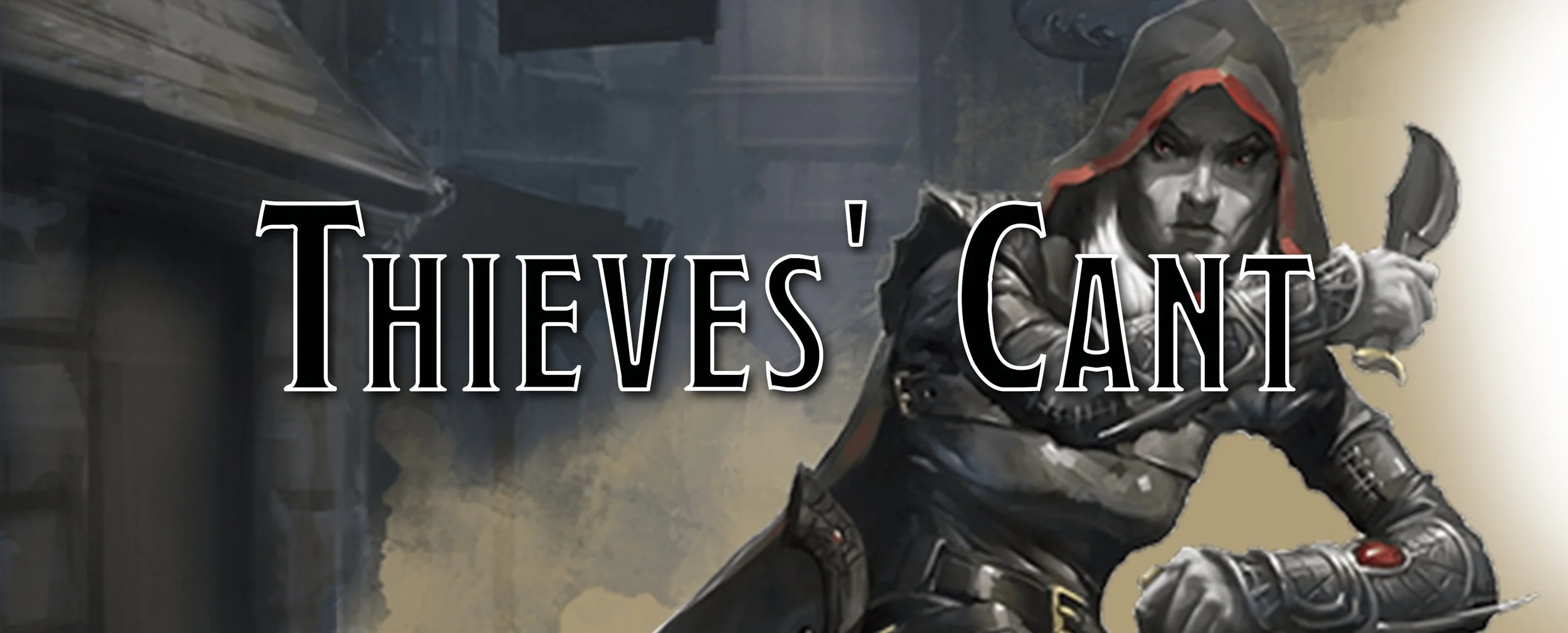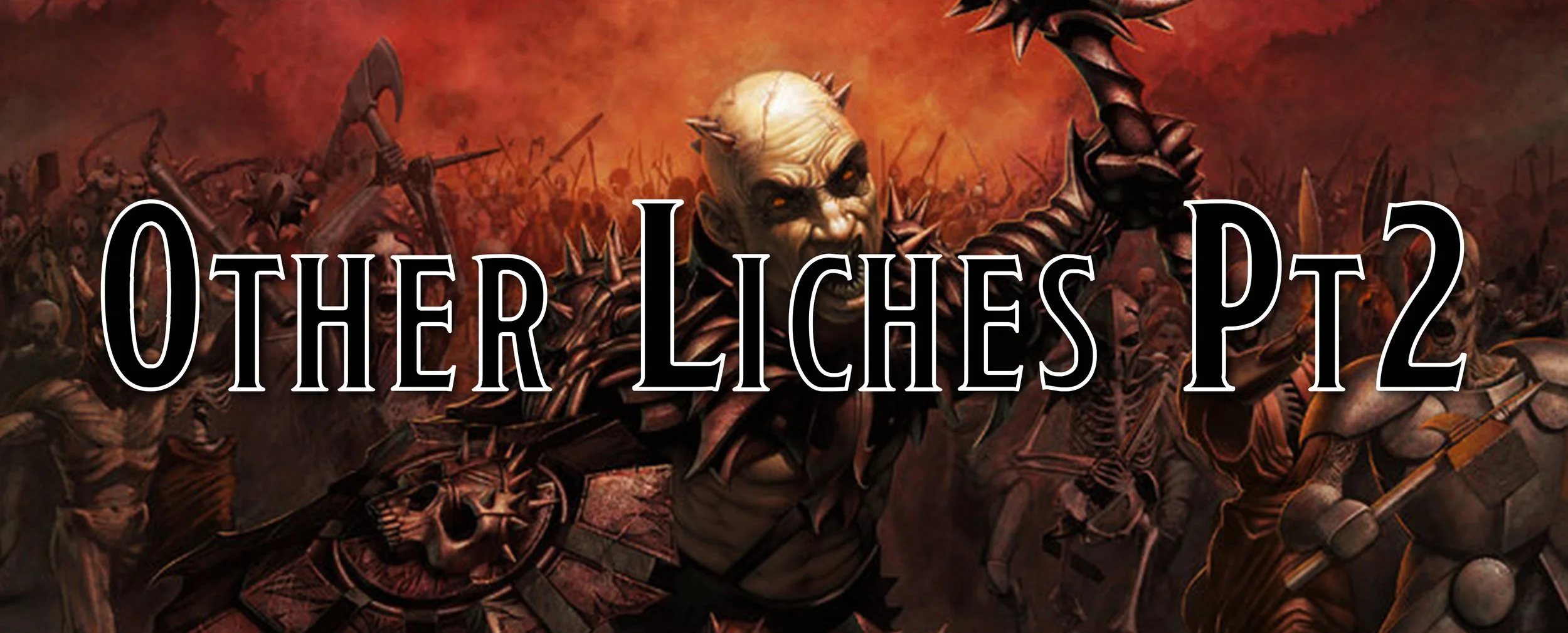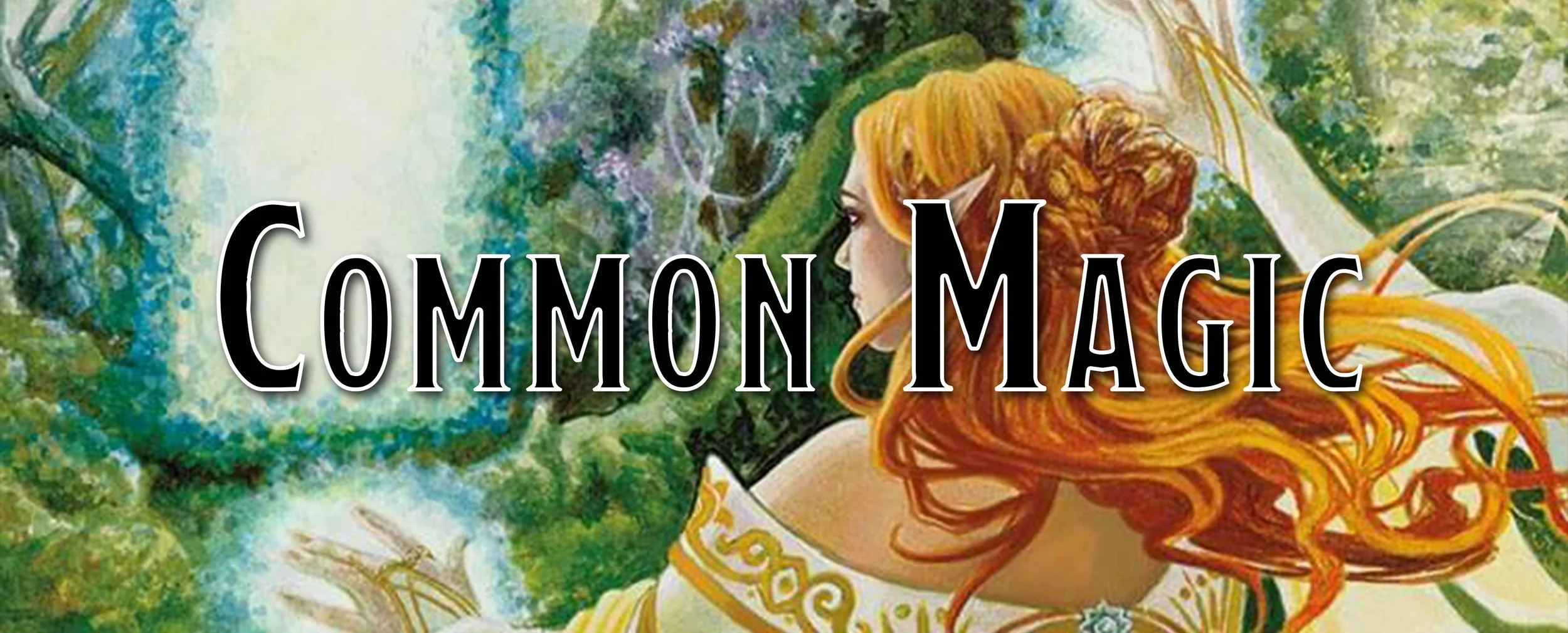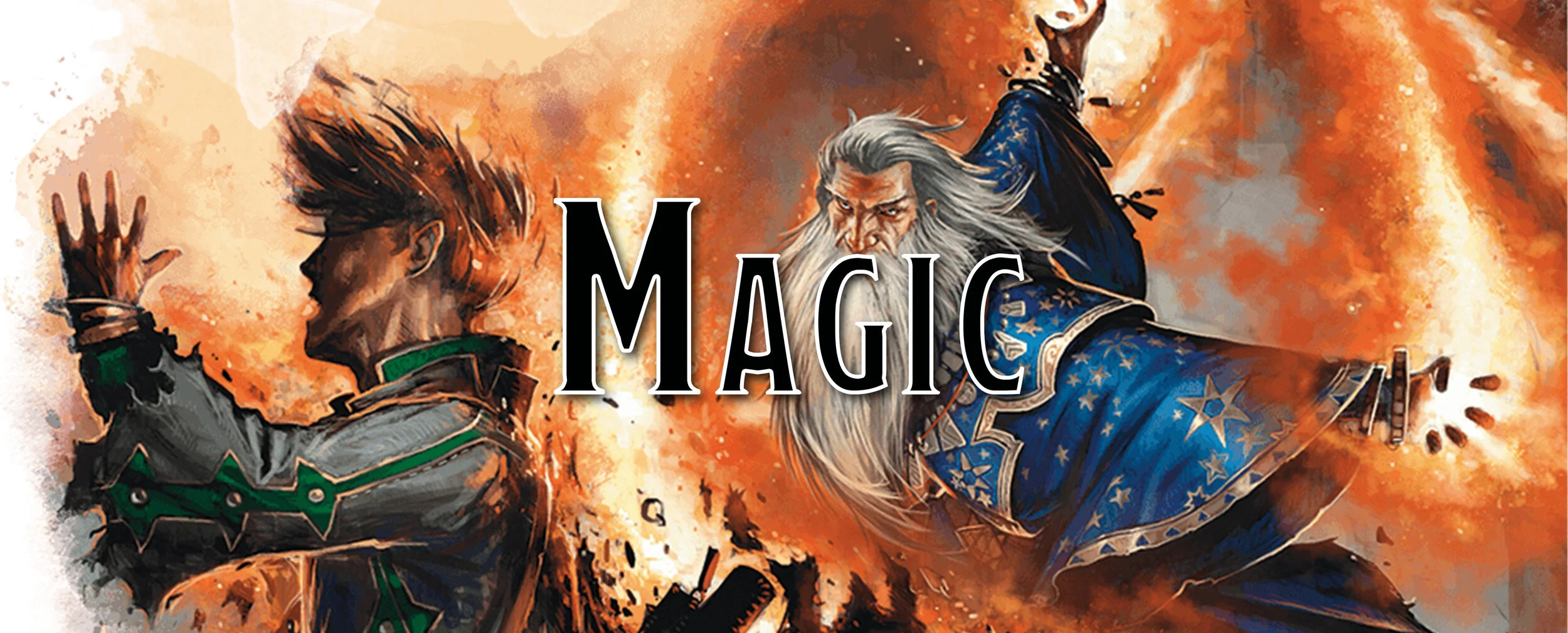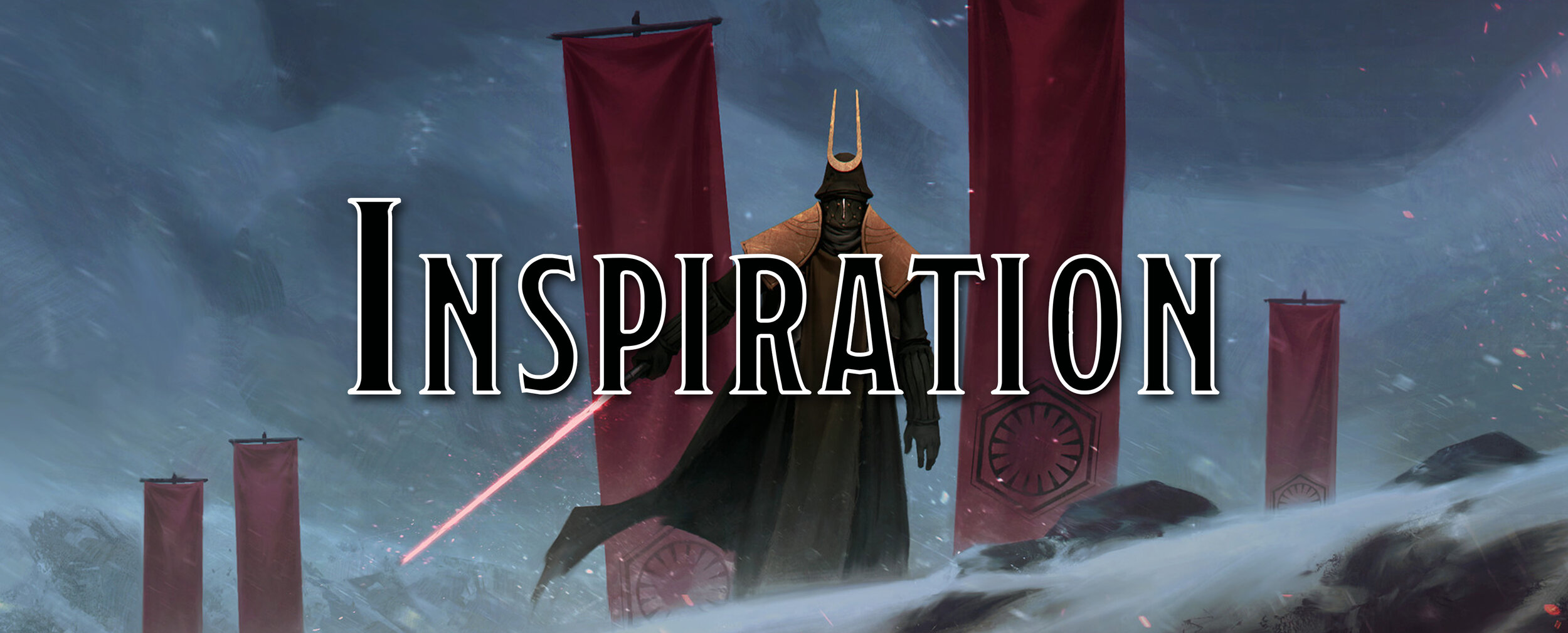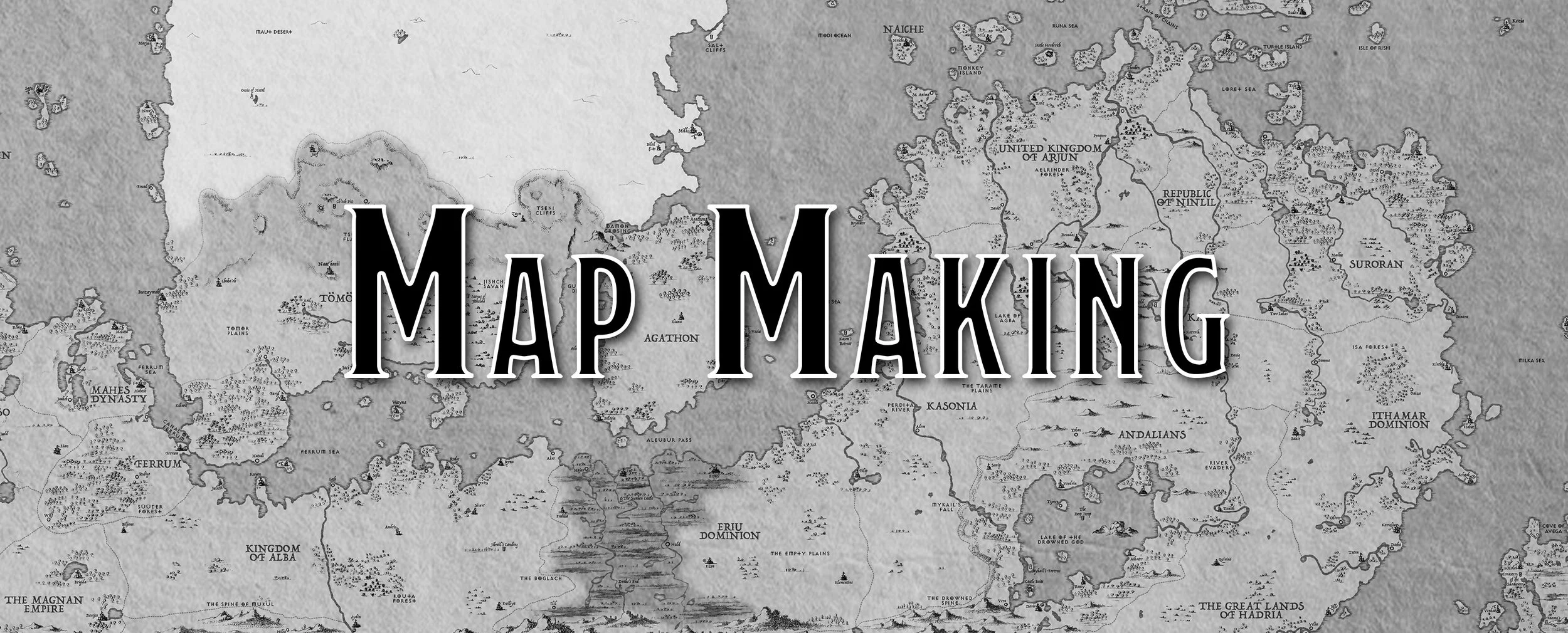Guide to World Building - Cities
Once you’ve created a kingdom or a nation, it’s time to start populating it. Most of the inhabitants will reside in cities, and so we are looking at city building for today. A nation often has several cities, though a nation could just be a city-state and be a nation onto itself. While this is geared towards larger cities, much of what you might find in a city could also be found in a small village, though scaled-down and reduced.
Cities, towns, and villages are urban areas that are important enough to gain a name, have a defined border to its control, as well as a local government that ensures it is maintained. Though, any of those can be removed if it would work better in your world. If you only have The City, a single beacon of light in a world completely taken over by monsters, you may not have a name for it or defined borders. Then again, you may have a tiny village of like-minded farmers who have no local government enforcing laws or the like simply because they don’t need it since they are all werewolves who rip apart trespassers and wandering adventurers who put their nose where it doesn’t belong.
Part 1 - Siting
Before we can start looking at the design of a city, we first need to look at where these cities are going to be placed. Cities and towns are built in important geographic areas, like along rivers, the coast, on top of hills overlooking the plains, or similar areas. They rarely ever just spring out in the middle of a forest or in the middle of a savanna without a very good reason for it.
When developing your city, think about where would a city naturally develop. If you are placing a city in the middle of the desert with access to no water, there has to be a very good reason as to why a city would form there, as well as a way for them to have access to water. It could be water caravans make long treks from the river to the city, but how does the city afford such an expensive endeavor?
The majority of a nation’s cities can often be found near or along the coast, making it so that there is a greater number of people who rely on riverways and coasts for food, water, and commerce. The interiors of the land can be harder to reach, especially if much of the territories of the nation inhabit mountains, rocky crags, or other natural barriers, with some places so hard to live at that only a few hermits might take up the challenge.
Water
The most important indicator for a city. If it has no way of providing water for the citizens, it has no real chance of growing as it will be avoided as farmers, merchants, and others will visit other cities. Water can be found in a wide variety of places, even if it's not so obvious from the surface.
Rivers and lakes are an obvious source of freshwater, but cities can also get water from the ground. By digging wells, a city could also access aquifers, underground water that rests inside of the permeable rock, rock fractures, and dirt or gravel. Aquifers are important to a lot of cities without a river to provide water as it can be incredibly difficult, especially back then, to know how much water is in an aquifer. One that suddenly dries up can be a huge problem, turning a thriving city into a ruin.
Food
Large urban sprawls can not often produce enough food to feed all of its citizens, instead, they must rely on the hinterlands where small villages are focused on farming and grow more food than they can eat. Cities need to have a strong relationship with farmers, for without them the city would starve. This reliance can be somewhat reduced if they are near a major river or the ocean, as fishermen can easily catch fish. Some cities may have a largely fish-focused diet and only add in a few crops from the nearby farms, making it so not much wealth flows to the farmers. Then again, some cities may have no access to fishing and must rely on the hinterlands to bring in wagons and wagons of food, making it so much of the wealth in the city flows out to the surrounding areas.
Special Cases
Not every city is built where it has easy access to water and food, but it must have a trade-off. Mining towns are an example of this, where they may have very limited water, restricting their growth, and no nearby farmlands, making it so that long caravans have to bring in food. The flip side to this is that they mine out precious ore that nations are always in need of, making it so that rulers are willing to send large amounts of supplies to those places.
Special cases can also be made for highly culturally and religious important locations and destinations, though they may not grow very large. If there is a very important monument to a religion, there might be a small town or minor city that pops up nearby, but it will be restricted by the natural resources around them. It could be a town of clerics reside there, or it remains almost empty for half the year and then swells in size when pilgrims arrive on holy pilgrimages.
Finding reasons for cities to develop in strange locations can be a way to make them special and memorable, though you must also keep in mind the limitations a city would face in weird places. If a city is located in the frozen tundra, where the groundwater is completely frozen and no food can be grown for a hundred miles around them, you need to have a very good reason why anyone would live there, and how they survive it.
Step 2 - Building
Once you have decided where you want cities and towns to develop, you can now look at individual cities and how they function. Without getting too bogged down in city planning and the minutiae of thousands of laws, there are a few different things to think about in a city and its development.
Every city needs some thought put into its culture, governance, and economics. These details may not always come up or be important to games, especially if it is a tiny village that a group of adventurers are passing through. Simply having a name for the city might be enough in a travel montage, while mapping the city streets might be required for an urban-focused game that never leaves the city.
Depending on what you need from a city, you can dive deeper into this process, but for most cities, they won’t see such development.
Culture
Culture is more than just different accents and clothing trends. Culture is a reflection of what the city values from artwork to architecture, and from food to music. This could extend to religion as well if the site is a place of religious importance. Culture is about how the inhabitants view the world, violent sports could be seen as barbaric in one city, and as the height of civility in another. Often big ideas won’t clash within the boundaries of a nation, but smaller ideas, like the best way to prepare certain food, could.
When giving a voice to the city, think about what is important to them. If they produce a lot of fish, a lot of crafted metalworks, or a lot of educated individuals, this could help shape the culture of the city, as well as what the individuals think. Fishing might mean that the inhabitants rarely ever eat cows or pigs, instead, they might find the idea of eating earthbound animals as barbaric, seeing a kind of kinship with them, whereas fish share no traits with humanoids, making it easy to consume them.
Then again, if a city is known for the production of weapons and armor, that they have the best craftsmen in the entire nation, it could be seen as people always looking for a fight. They are cocky and prone to boasting of their deeds, making them arrogant.
Governance
A city or town needs a way to govern itself and determine laws to govern its citizens. This could be a single mayor, like in a small village or hamlet, who acts as the enforcer of rules, or it might be a complicated legal system that would make even devils jealous of. A city’s governance can even go a long way to help define the culture.
Are only educated nobles allowed to take part? Can the lower class ever hope to be part of their government that controls their life? How do the people feel about the government? Is there talk of revolution or are people happy with how things are going? This could be the set piece for a great adventure, where the city’s leadership must be taken down only to find that darker forces have been controlling things, making the lives of others miserable.
Economics
If a city has no way to make money, then no one is going to go there. Merchants are relied on for food, spices, raw materials, and more that a city can’t produce by itself, and if the city has no money to attract merchants, then it will die as no one visits. To keep it simple, you can think about three areas that a city could focus on Food, Minerals, and Crafted Goods.
Food is anything that can be consumed, from cattle to corn, and from yams to goat milk. Food is important to anyone’s ability to live, and so a city that has a deficit around food will be willing to spend large amounts of money to attract merchants and farmers to sell food within their boundaries.
Minerals are raw goods like ore, gems, lumber, or anything else that the natural world provides. It’s not often that a large city will be producing this material, instead, they will often be importing large amounts of it so that they can transform it into the goods that they need. If a city is formed around mining, many of the inhabitants will be fiercely loyal to the mining company that employs them, without them, the city would fade into nothing. This could be a point of pride for many that they become miners, just like the generations before them, or a launching-off post for an adventurer who feels like they want more in life.
Crafted Goods are an important category because as cities develop, and time passes, new technology emerges to consolidate the creation of goods in central locations. Crafted Goods can include worked metal, tools, clothing, processed food, like butter, and other similar goods. Crafted Goods often require some type of technology to help produce them, and many small villages may not have the necessary tools or understanding in order to produce worked materials. They may have a blacksmith, but no way to smelt ore into iron at a level that they need it.
Part 3 - Populating
Once you have a better idea of what your city looks like, what its wants and needs are, you can then populate the city. This could be coming up with shops, the name of the mayor, or drawing out the city itself. Populating isn’t always important to running a game, as the city could just be a point on the map. If you are at this part when it comes to city building, it means that this city is going to be highly important and needs to be fleshed out to greater detail. That you expect to spend a considerable amount of time within its confines.
When creating places within the city, culture and economics can help dictate what might exist here. If the city is known for music, they’d have a number of large music halls and street performers could line the streets, hoping to catch the eye of someone important. If the city is ruled over by a religious group, there may be dozens and dozens of churches throughout the city, but only to a specific pantheon or a singular deity. They might be tolerant of others coming into the city, or incredibly intolerant with laws concerning what happens to those trying to spread dissent throughout the streets.
If you are building a city for a role-playing game and trying to come up with dangers within the city, you can think about if the government should be a place of friction for the party or if a gang of criminals could be problematic. If your game system uses a Monster Manual, bestiary, or a creature compendium, you can flip through it, deciding what monsters might reside within the city, where they are at, and what they want. Keeping it short you might say something like:
A small vampire nest has slowly been building up in the Winter Ward in several of the crypts in a large graveyard. They have renovated a small mausoleum, digging into the earth and building a home beneath the surface, linking their crypts together.
You may not ever come up with a reason for the party to interact with the monsters, but it can provide ways for you to flesh out the city and have rumors concerning these entities.
Step 4 - History
If you’ve made it this far in city building, it’s because you are looking to flesh out the whole city. Most of the time, a city’s individual history is not going to come up, but it can be helpful to think about why a city was built in a specific place. One doesn’t need to know exactly when a city is formed, though it can be a plot point in an adventure where a city will come to ruin exactly 1,000 years after it was founded thanks to a deal with a devil. The history of a city can help define its place within a nation or kingdom, it could be the seat of government, and that whoever controls the city, controls the kingdoms. Then again, it may be an unimportant settlement that is constantly conquered and re-conquered by several kingdoms all looking to expand their holdings but not caring enough about this city to keep it manned with soldiers.
Combining It All
Cities require several things in order to flourish, though they can do without a lot except water. A city is defined by its restrictions and what it produces in excess, with its people proud or hateful of its governance. A city can help define the tone of a nation or kingdom, especially if it is the first thing that a group of adventurers stumble across or visit. Cities can be huge centerpieces for an adventure, allowing one to fully explore the life and times of those who aren’t brave or skilled enough to become adventurers.
Like what we are doing here?
Support us on Patreon!
You’ll get early access to deep dives, our Homebrew Hoard, monster stat blocks and more!
Follow us on Twitter to keep up to date on everything we talk about!


